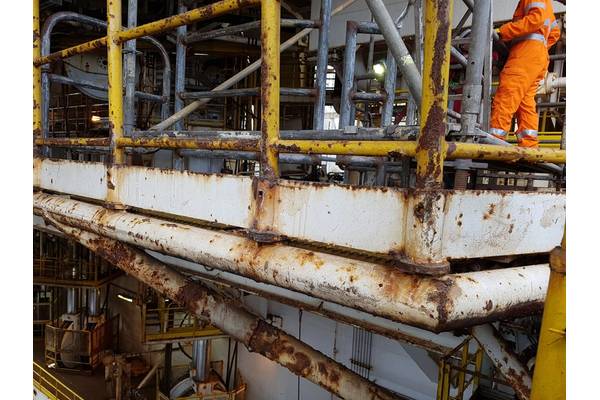The Mounting Offshore Oil & Gas Decommissioning Cost
By Andrew Burr, North America Analyst, Welligence Energy Analytics
August 22, 2024

Copyright Larry/AdobeStock

About the Author: Andrew Burr is a North America Analyst with Welligence Energy Analytics, based in Houston. He is responsible for covering offshore Americas primarily offshore Canada and the U.S. Gulf of Mexico. He holds a Masters in International Relations and Economics from Johns Hopkins SAIS.









